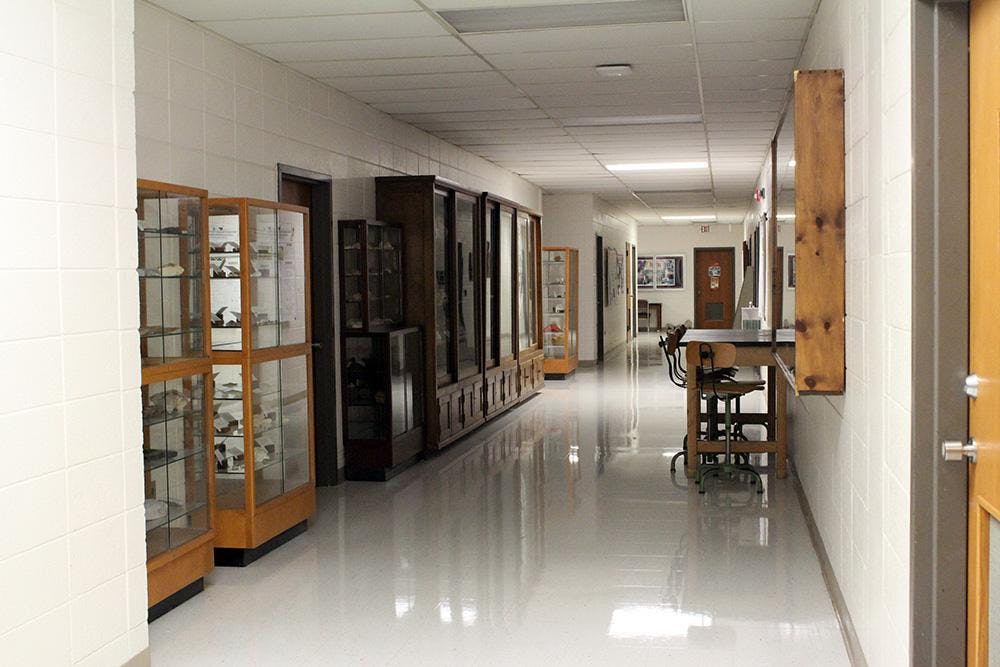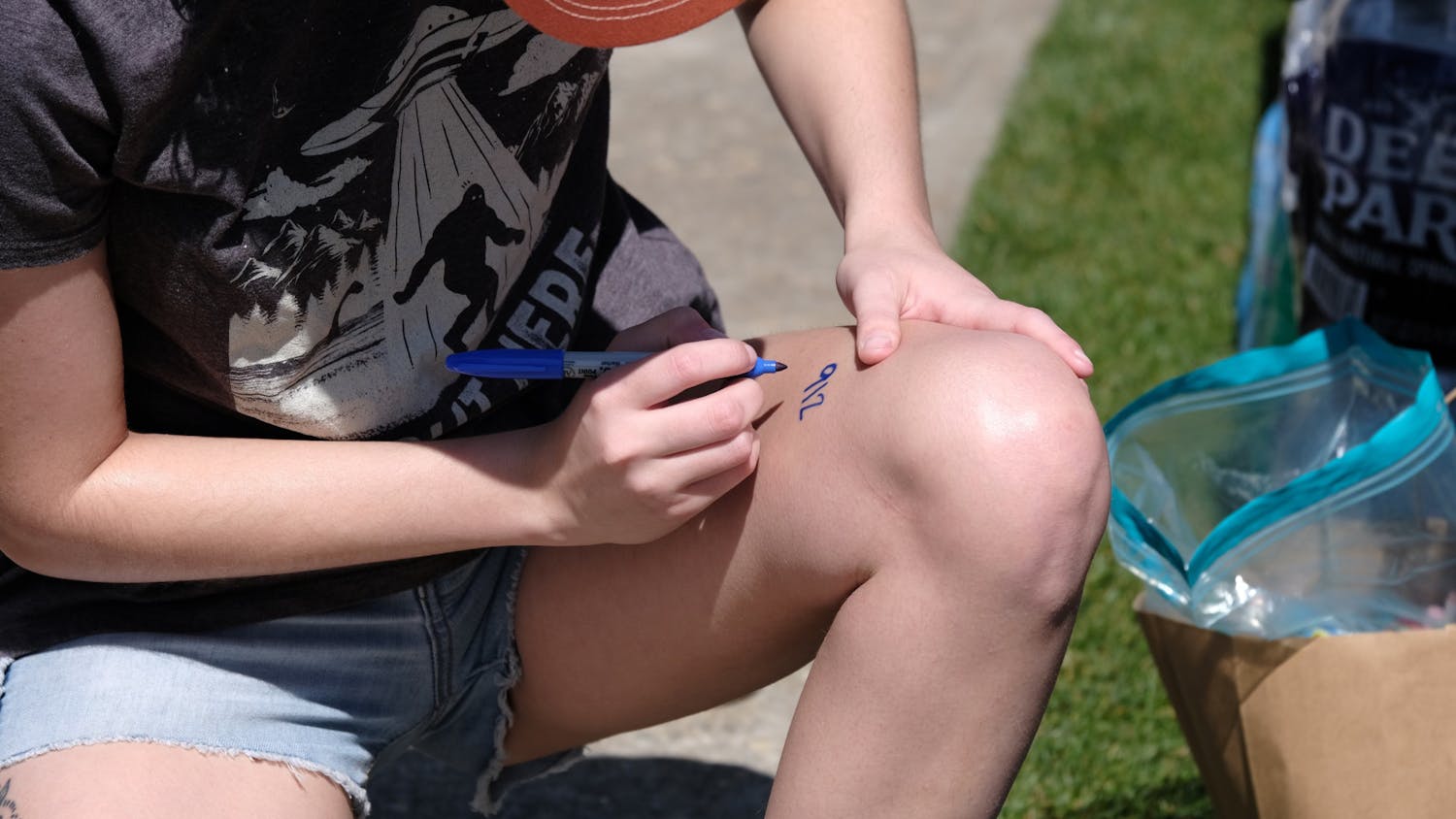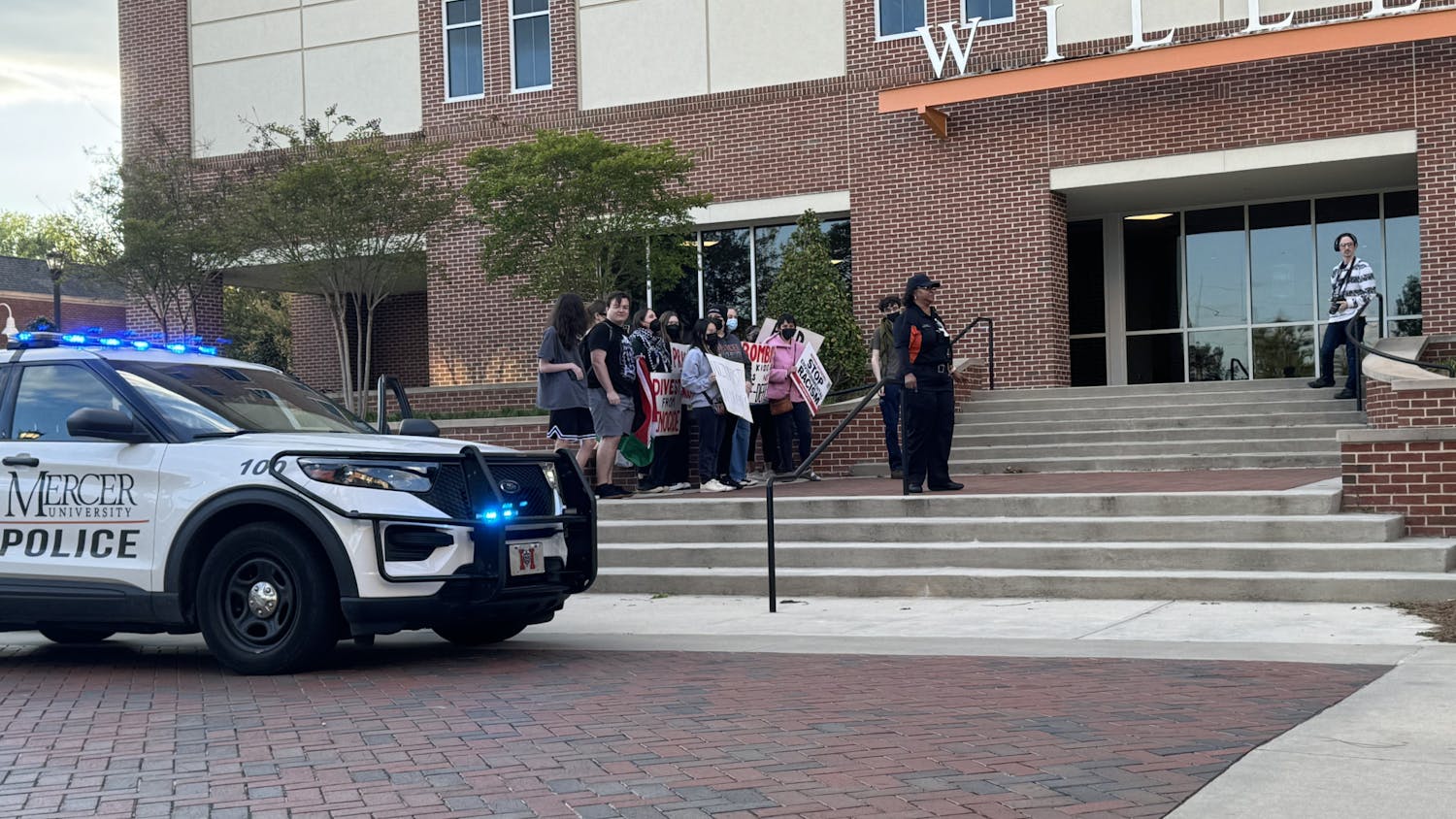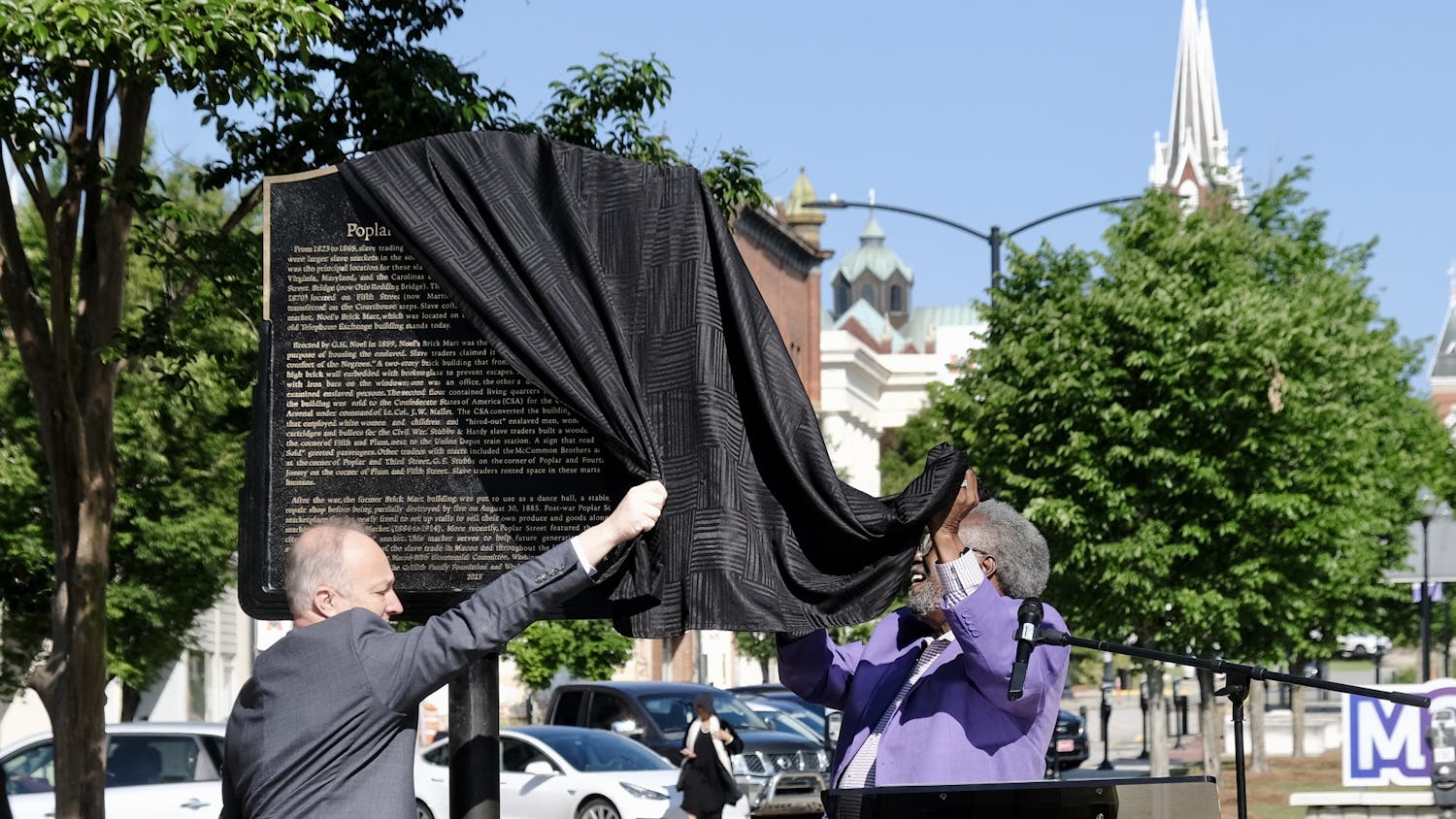



Change is happening at Mercer University, and school administration and faculty have taken notice. Since the 1997-1998 school year, the number of biology and chemistry credit hours taken by Mercer students each year has increased by nearly 100 percent, growing from 4,745 in ’97-’98 to over 9,000 this school year.
This dramatic increase in the number of students enrolling in science classes is perhaps related to the world we live in today. The rapidly advancing technology that has come to define the 21st century means that the number of scientific discoveries made each year is also increasing. This has lead to greater demand in the workforce for young professionals with a background in the sciences.
As it relates to Mercer, the increase in students seeking a degree in science and technology means that the Macon campus is rapidly running out of rooms to accommodate the new students. Currently, the Science Department has had to resort to using other buildings like Stetson and the Engineering Building to teach larger classes that cannot take place in the overcrowded Willet Science Center. For example, both sections of last semester’s microbiology course had to be taught in the Engineering Building because of limited availability of the Science Center’s larger classrooms.
Unfortunately, these problems are affecting more than just the Macon campus, as medical students enrolled at the Savannah branch of the School of Medicine are facing similar issues resulting from having too little space to conduct classes.
These issues have not escaped the attention of the upper administration. When the problems were first noted a little over two years ago, President Underwood, along with key members of the administration, began working with the science faculty to bring a new science building to the Macon campus that would be built to function alongside Willet Science Center and the Science and Engineering Building.
Meanwhile, to address the issues of overcrowding at the School of Medicine in Savannah, a 40,000 square-foot addition will be added on to the current buildings to provide more classroom and lab space for students. Currently, the Savannah branch of the School of Medicine enrolls only about 160 medical students, compared to approximately 240 enrolled at the Macon campus. It is the administration’s hope that by expanding the buildings in Savannah, the satellite campus may begin to equal the number of students found in Macon.
The plans for both project have not yet been finalized. However, President Underwood states that the goal is to finish and present them to the Board of Trustees this April. Still, while not all the plans are known, Underwood was able to provide some estimation as to what students can expect of the Macon campus’ new building. Expected to be approximately 100,000 square feet, the new building will far exceed the size of Willet at 60,000 square feet. It will be built using the same environmentally friendly standards used in the construction of the football stadium and the new Admissions and Welcome Center, and will feature highly adaptable classrooms and laboratories that will allow the building to accommodate future technological advancements. Underwood said that much of the building’s improvements should be credited to the science faculty, “who have worked tirelessly with design consultants” to ensure the building provides the best possible educational experiences for students.
Many may wonder just where the new building will be placed. With the completion of the football stadium and Cruz Plaza this summer, the amount of available land on campus has become rather scarce. “The most likely location right now,” said Underwood, “would be the front lawn of the Medical School. Were [the new building] to be built there, the Patterson Building, which houses the Student Health Center, would be demolished and its facilities relocated elsewhere on campus.”
Of course, plans to build so many new classrooms and labs inevitably means that some new professors will need to be hired to fill them. Underwood confirmed this, however faculty and students can expect to wait some time to welcome their new colleagues and teachers. Though fundraising is already underway, Underwood expects construction in Savannah won’t begin until August 2014, while Macon students can expect construction to begin sometime in 2015 and continue for up to 18 months.





